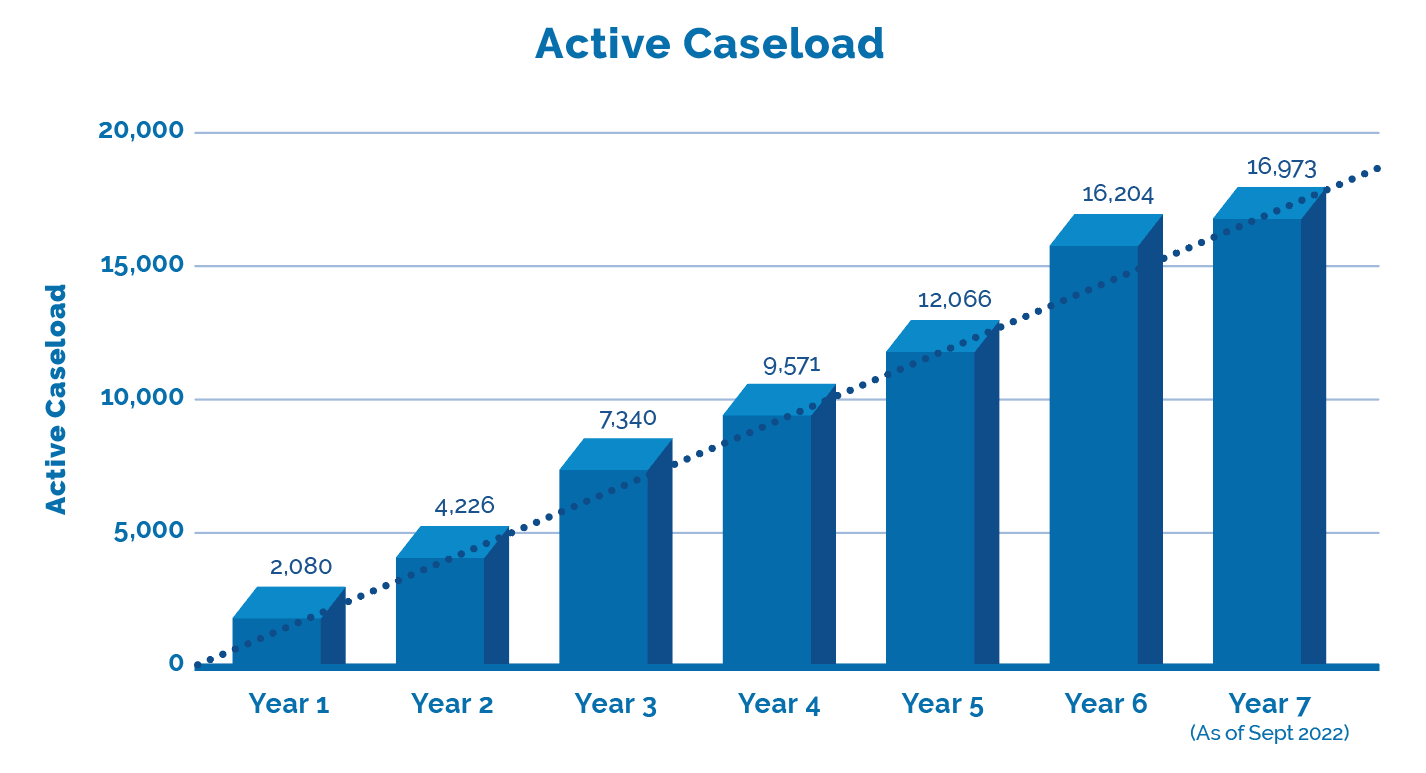
Volume. 7 Issue. 4 – February 8, 2023
This week we take a close look at a MIG “escape” based upon pre-existing conditions precluding recovery within the $3500 MIG funding limit. In, ‘MIG Escape Must be Non Minor Injury’, the Applicant sought amongst other benefits, entitlement to an Attendant Care Benefit assessment within the home. You will want to understand this decision with respect to how the Tribunal reconciles “predominantly minor injuries” and access to an assessment within the home, otherwise precluded under the Schedule.
LAT Update – What Difference Did A Year Make?

The LAT released Performance Stats up to mid-year 7 which is current through to the end of September 2022. Together with the LAT’s last update we can now provide a comparison of year over year, with projections through to the end of year 7 in this annual update. What difference did a year make?
MIG Escape Based on Pre-Existing Injuries Deems Injuries as “Non – Minor”
MIG Escape Must be Non Minor Injury – Injured in a December 2018 accident, the Applicant Bennett, in 20-014453 v Co-operators, was removed from the MIG based upon the fact of her pre-existing injuries precluding maximum medical recovery were she restricted to the $3500 MIG funding limit. Bennet sought entitlement to a number of benefits, one being an Attendant Care Benefit (ACB) assessment.
Denying entitlement to ACB Assessment, Co-operators relied upon an IE that concluded Bennett had suffered from predominantly minor injuries, thereby relying upon s.25(2) of the Schedule “that an insurer is not required to pay for an assessment or examination conducted in the insured’s home unless the insured person has sustained an impairment that is not a minor injury.”
The Tribunal however, found that “On a plain reading of s. 14(2), an impairment that is a minor injury, must be categorized as such. Once notice is provided to an insured that they are removed from the MIG, there is no partial removal, it is a complete removal, and appropriately, the test for claims for benefits under s. 14(2) is reasonable and necessary. Further, that “Co-operators appears to conflate the intentions of s. 25(2) and s. 14(2), in order to split the categorization of the impairments from the funding provision, this is an incorrect interpretation or application of the regulation.”
The Tribunal went on to note that “once an applicant is removed from the MIG, an insurer cannot split the determination to categorize the injuries as minor, but the funding limits beyond the MIG are available.” In addition, “under s. 25(2), “impairments that are not a minor injury”, implies that the injuries are not categorized as such. Therefore, Co-operators, cannot take the position that H.B. has sustained minor injuries, but is beyond the treatment limits of the MIG.” Concluding, “Once the determination has been made that H.B. is removed from the MIG based on pre-existing conditions, there is no further MIG discussion regarding her injuries and impairments. She now has access to the next level tier of funding for medical and rehabilitation benefits and assessments that are reasonable and necessary. Further, her impairments are no longer considered predominantly minor.”
We understand that the Co-operators will be seeking a Reconsideration of this aspect of the decision, in conjunction with an appeal to the Divisional Court. Presumably, Co-operators would be challenging the apparent finding that removal from MIG implies that the nature of the injuries has materially changed, and that as a result, a “predominantly minor injury”, with pre-existing impactful injuries cannot any longer be considered truly “minor” under the Schedule.
Access inHEALTH’s research resources through Live Chat and receive your OAR. Get It now!